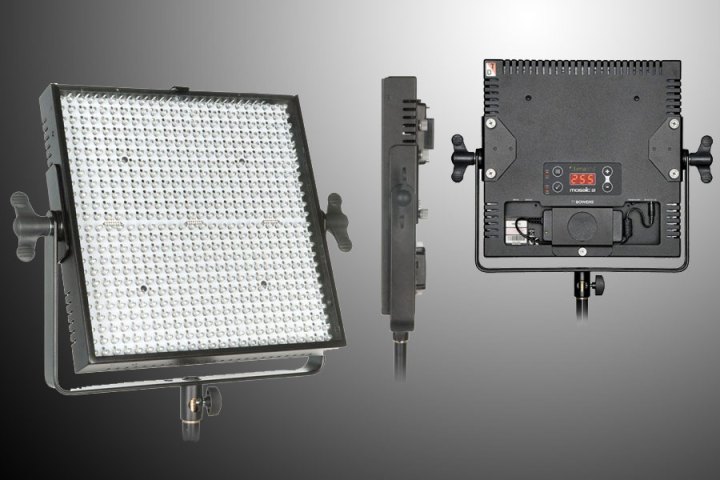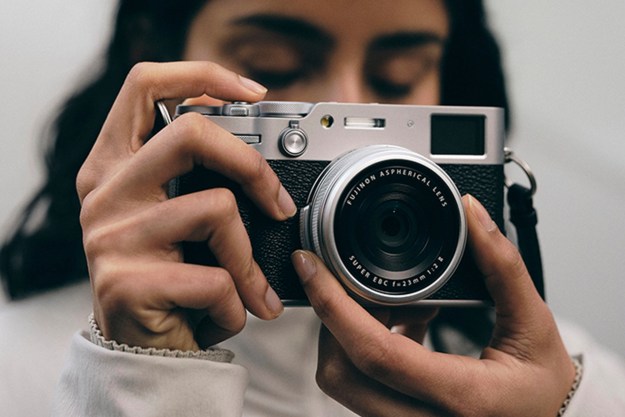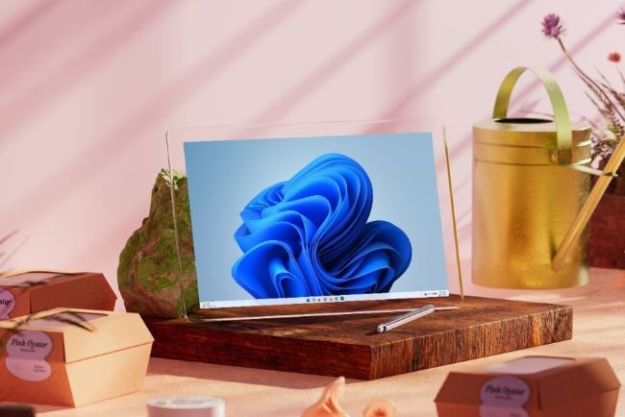
With a CRI (Color Rendering Index) of 94, the Mosaic2 outscores the original by 10 points. Importantly, for professional video use, it also scores 94 on the newer TLCI (Television Lighting Consistency Index), which is designed to show color response in the context of light captured by a camera. While both of these measures have their imperfections, the numbers illustrate a significant improvement, and show that Bowens is addressing the primary complaint of the first-generation Mosaic panels.
To achieve such high color accuracy, however, it seems that Bowens had to sacrifice some light output. As detailed by DPReview, the new 1×1’ panels have a maximum output of 4,000 Lux while the previous generation could achieve 5,200 Lux over the same distance. For professional photographers and videographers, the trade-off is likely worth it: another light can always be added (albeit at an expense), but correcting bad color is much more difficult.
Like other LEDs, the Mosaic2 makes for an inherently softer light source, even without modifiers, compared to tungsten hot lights or flash bulbs. The 1×1′ panels are squarely aimed at the working professional, and carry over all the other standard features of the original Mosaic, including the metal encasement, AC adapter with international cable kit, DMX ports for remote control in a studio, and 0-100 percent dimming capability. Both Daylight (5,600k) and BiColor (3,000-5,000k) models are available, priced at $834 and $1,000, respectively.
Editors' Recommendations
- Wyze’s new Light Strip Pro dazzles in up to 16 different colors simultaneously
- Razer’s new $50 Firefly V2 mouse mat lights up your desk in a rainbow of color




